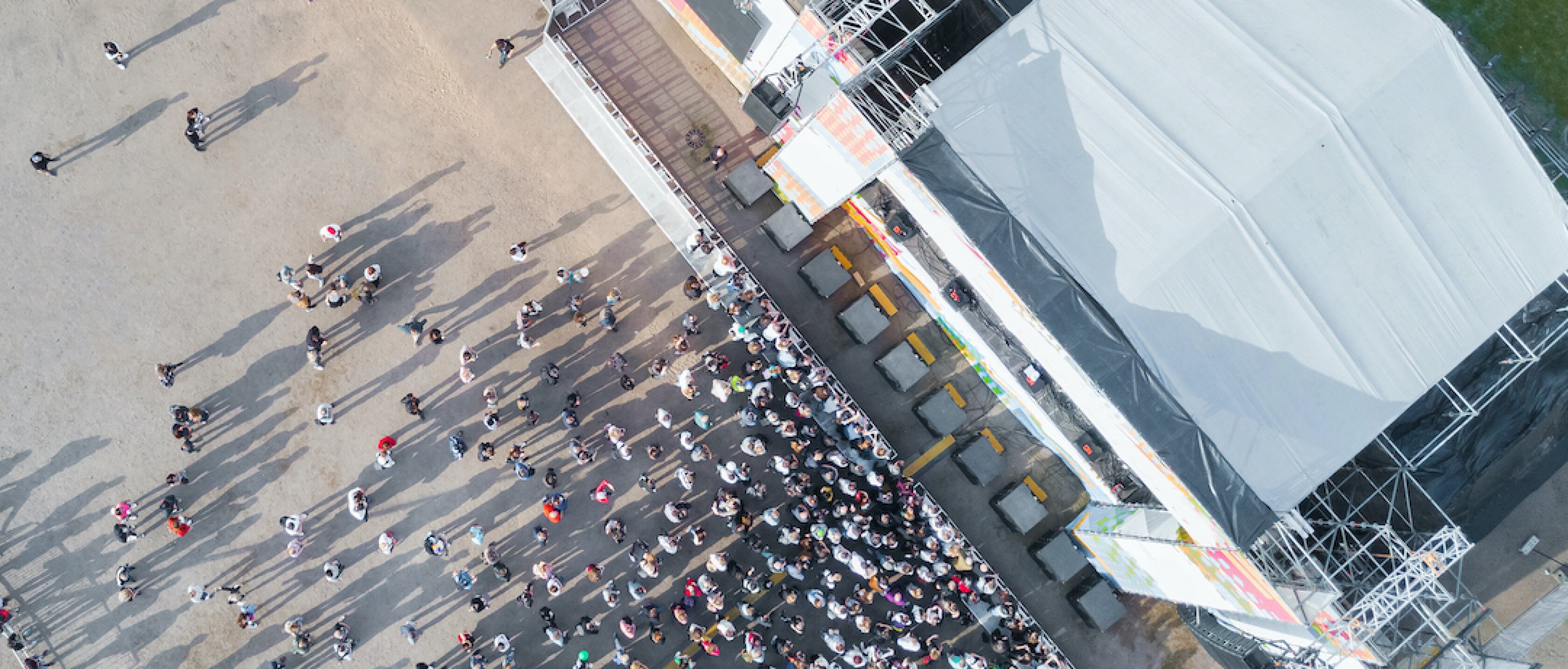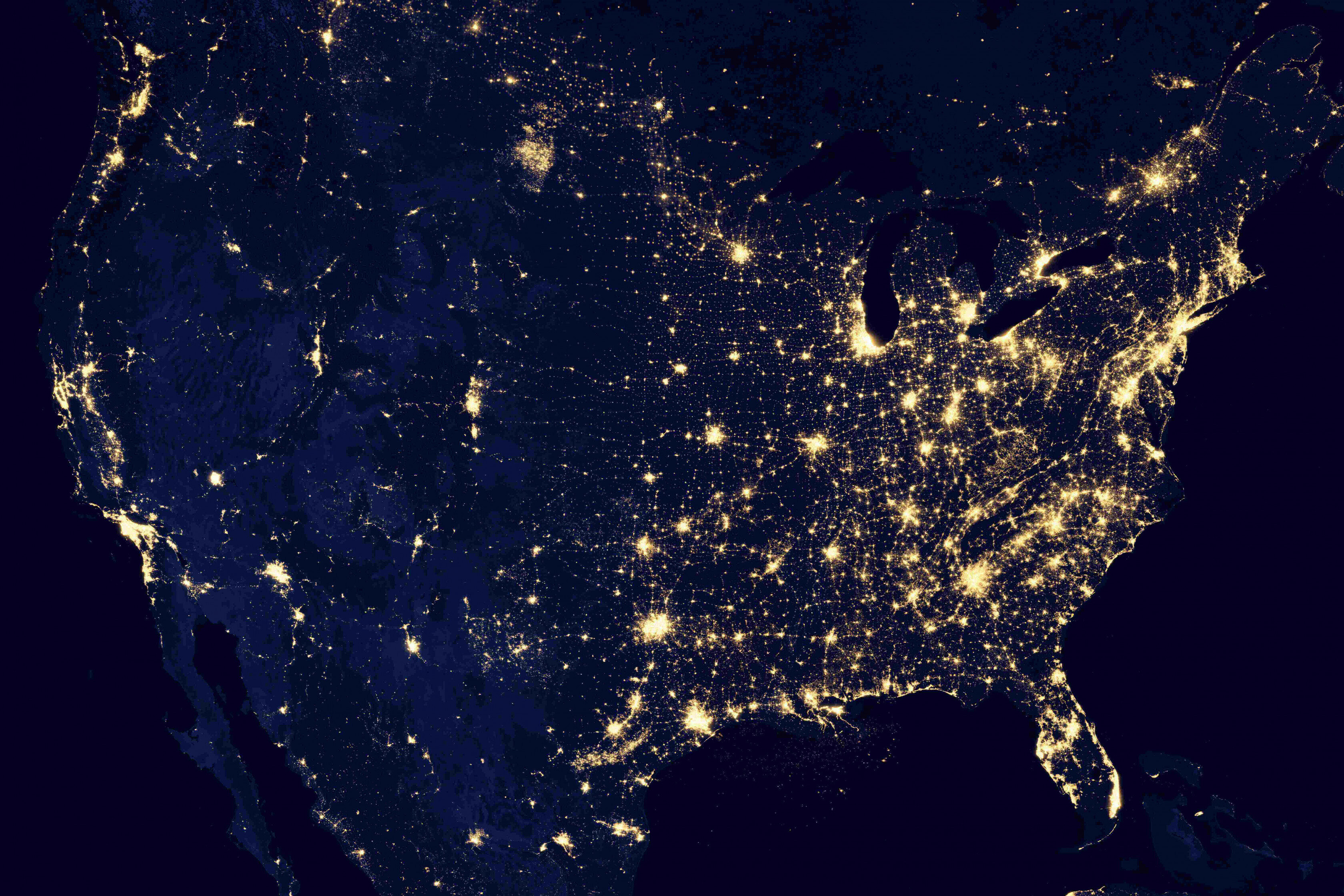Since I left my career in banking 4 years ago, I’ve learned a thing or two about working at early-stage startups.
One thing sticks out — mastery of measurement is the holy grail to growing a business.
Being able to manage massive data sets, extract valuable insights, and deploy against real-world problems is invaluable, and one of the most challenging tasks to accomplish.
But OOH advertising isn’t the only industry that thrives off location intelligence. Retail, commercial real estate, manufacturing, farming, hedge funds, and local government, including traffic planners and engineers, police officers, and policymakers in support of smart city initiatives, all reap the benefits. To give you an idea, 90% of the world's data has been created in the past two years alone, but only 1% of that data has ever been analyzed. Yet, over 71% of companies believe location intelligence is crucial to their success.

The emergence of the Internet of Things (IoT) technologies over the last few years have had a significant impact on the value of location intelligence —, especially smartphone devices. More than 60% of mobile apps require your location, which has become relatively easy and cost-effective. Every day, billions of location observations are captured and shared while consumers use their smartphones, and opt-in to receive accurate information regarding weather, news, or surrounding events.
While this might concern a lot of people (including myself), all of this collected data is anonymized thanks to strict privacy laws (GDPR). That means nothing can be attributed back to a consumer’s personal identity. In my opinion, this benefits the consumer, who otherwise would’ve been annoyed by receiving a less relevant mega-phone blasted ad.
The Consumer Journey
Picture this scenario — Bob leaves his Tribeca apartment in Manhattan at 7 a.m. to a nearby Starbucks starting his day off with a cup of coffee. Meanwhile, he’s reading the news and checking the weather while taking an Uber to work at his midtown office. During his downtime, he’s surfing the internet to buy new shoes and finds the closest Foot Locker to try them on in-store and make the final purchase. Understanding these types of movement patterns and behaviors gives marketers the ability to drive customer engagement by delivering personalized and location-specific content that’s relevant to the consumer in real-time.
A study by Forrester revealed that geo-marketing helps increase conversion rates by 60% and improve the ROI of campaigns by 68%. That being said, mobile marketing has become an effective way to reach target audiences in mass. After all, 70% of our waking hours and 68% of mobile use is done out of the home.
What's more compelling is that Google’s research claims 61% of smartphone users prefer to make purchases from sites that are customized as per their location.
Research conducted by Blis surveyed 805 consumers and found that consumers are willing to spend up to 85% more in a physical store nearby than online. 63% confessed to “webrooming” — whereby consumers research a product online before purchasing in-store.
The Blis study also exposes the power of OOH. 37% of respondents have visited a store to look for a product they have seen advertised outdoors, and four out of five purchased the advertised product.

The Impact from OOH
Venture-backed consumer startups have embraced OOH into their marketing strategy to scale quickly into new markets. In 2018, $8 billion was spent on OOH advertising, yet there is very little data-driven science justifying their ad spend. Not a good look when your CMO has to present results to shareholders at the quarterly meeting.
Companies like mobilads connect the dots between physical and digital worlds in real-time to help brands understand their audience environments and ultimately real ROAS of a campaign. How can we do that? With location intelligence.
Down The Road
There's no question that location intelligence will explode over the next two years, especially with autonomous technology and AI enabling companies to consume even more data. According to Forrester, the Location Intelligence industry has grown from US$ 9 billion in 2014 to around US$ 22 billion in 2018. By the year 2020, that is expected to double.
The same study predicts 50+ billion devices will be connected to the internet by 2020. There will be 35 million cars with onboard sensors connected to networks for communication, navigation, traffic control, smart cities, and even other vehicles on the road.
It's crazy to think about it… the need to make sense of growing data will only continue to grow in complexity. Businesses that can distill real, actionable intelligence from location data, and use it to make better decisions in real-time, will have a competitive edge over those who don't
If you want to learn more about what we're doing at mobilads - please get in touch.
Niels Sommerfeld - Chief Operations Officer - niels@mobilads.co



